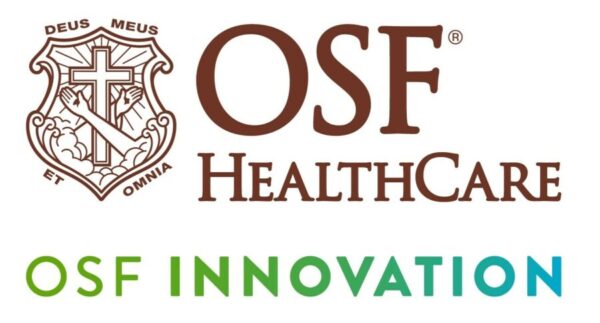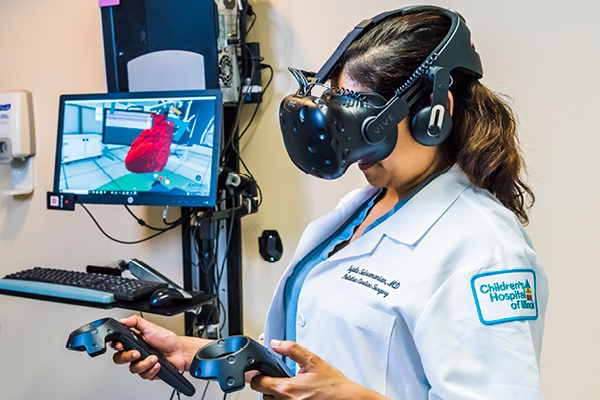
In Virtual Reality and Mixed Reality News
August 22, 2023 – OSF Healthcare (OSF), a not-for-profit healthcare organization, has announced this week a new partnership with Illinois State University (ISU) and Southern Illinois University Carbondale (SIU) to utilize mixed-reality technology to create an immersive training program designed to help combat opioid overdose deaths.
The partnership is based on the development of an Illinois Innovation Network-funded education project called Virtual Reality Embedded Naloxone Training (VENT). The work centers around the development of mixed-use or augmented reality (AR) education for an immersive, engaging approach to train people on how to administer naloxone — which serves as a safe and effective antidote for suspected opioid overdoses. OSF noted that the U.S. Food and Drug Administration (FDA) made naloxone nasal spray available over the counter in March as part of a strategy that includes harm reduction through innovation and education.
“The mixed-reality portion of this being physical and virtual, will combine the actual spray device and a manikin so that people can practice the actual physical spraying with a manikin as well as having this virtual world that is valuable at the same time,” said Scott Barrows, Director of the OSF Innovation Design Lab at Jump Trading Simulation & Education Center.
“It has to be simple. It has to be easy to use. It has to be intuitive, but it also needs to be sensitive to the community experience whether it’s rural, urban, suburban, no matter what age, so that’s going to be the trick of the design process,” Barrows added.

OSF Healthcare stated that during the initial development phase its staff will utilize resources at the Social Perception Lab at SIU to assess the degree to which an individual’s subconscious bias against people with drug addiction influences how they would respond when someone suffers an overdose. Individuals trying the new education prototype will be given an evaluation called an Implicit Association Test (IAT) that can reveal their implicit bias before they test-drive the VENT prototype.
“I’ve seen dozens of adults of all ages, parents, grandparents, sim lab visitors, etc. navigate our current nursing VR software without issue, and without nurses’ training, take life saving steps to save a patient with respiratory distress,” said Joanna Willett, MSN, RN, a certified nurse educator who directs the nursing simulation lab at ISU’s Mennonite College of Nursing. “I personally have no doubt that the intended audience of non-medical adults of all ages will benefit from this experience.”
OSF stated that for the second phase of research, it would seek additional funding to conduct a randomized, controlled trial to determine if VENT is more effective than traditional education approaches, in addition to examining whether the training is easier to use and accessible to the target audience.
OSF added that VR training has an advantage because it can be easily accessible and repeatable without significant setup or cost. Plus, once developed, the simulation training will be easy to maintain as an educational program. The organization also noted that a prototype will be field-tested in community settings and at the Illinois State University simulation lab.
For more information about OSF Healthcare and the organization’s immersive training solutions, click here.
Image credit: OSF Healthcare / OSF Innovation
About the author
Gavril is a knowledgeable contributing author at Auganix. An experienced XR industry news curator, he has been keeping abreast with the latest AR, VR and tech developments for the last four years.
